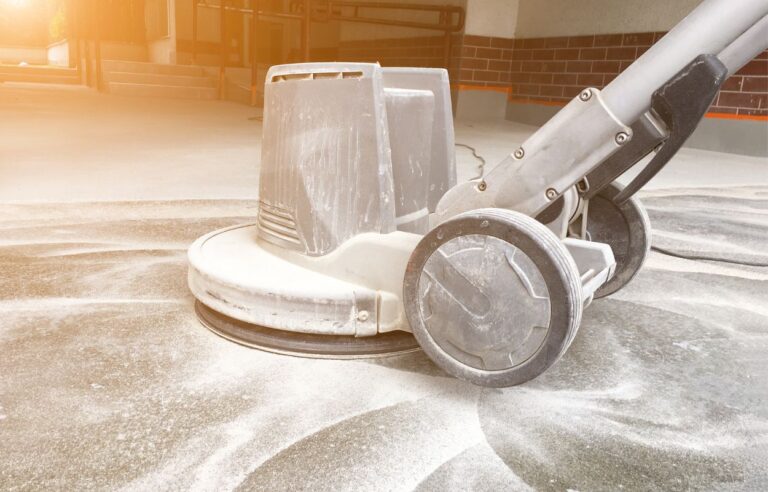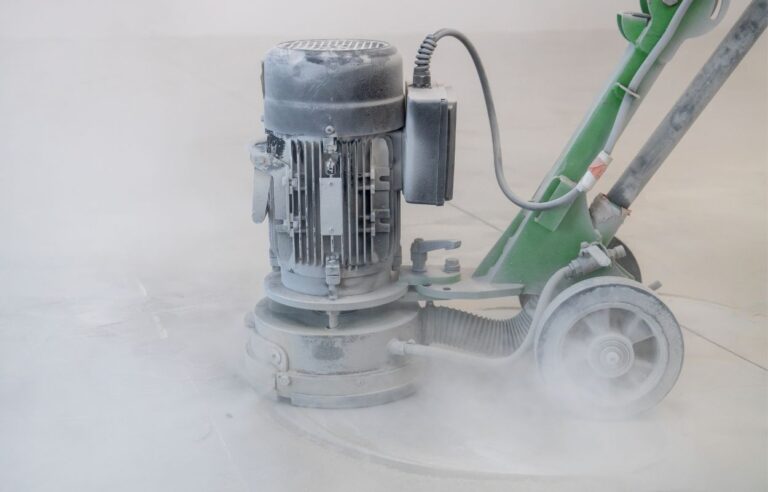If you’ve ever tried tearing out drywall, you know it can get messy fast. Dust goes everywhere, chunks fall in unpredictable ways, and before you know it, you’ve dinged the studs underneath. For professional demolition crews, that’s a big no-no. The studs are the bones of the wall, and damaging them means more repairs and higher costs later.
So, how do demo pros pull drywall without damaging studs? It all comes down to technique, patience, and the right tools. Today, we’re pulling back the curtain on how the pros get it done so cleanly. Whether you’re curious about the process or planning a project yourself, these methods can save you time, money, and frustration.
WHY PRESERVING STUDS MATTERS
When drywall comes down, it’s easy to think the studs don’t matter. After all, aren’t they just sitting there behind the wall? Not exactly. Studs provide the structure and strength your wall needs. They’re what hold everything in place—drywall, insulation, electrical, even plumbing. If a stud is cracked, gouged, or splintered during demolition, you’re looking at extra repairs that could have been avoided.
Professional demo teams know that keeping studs intact means smoother reconstruction. It also prevents structural issues from popping up later. In other words, pulling drywall the right way isn’t just about neatness—it’s about protecting the investment in your home or building.
THE TOOLS PROS RELY ON
Demo pros don’t just grab a hammer and start swinging. They use a handful of specialized tools designed to make drywall removal precise and efficient. Some of the most common ones include:
- Utility knife: Used to score drywall along seams and around fixtures.
- Pry bar or flat bar: Slides behind drywall sheets to ease them off the studs.
- Sledgehammer (sparingly): Used carefully for breaking large sections, never recklessly.
- Reciprocating saw: Cuts drywall cleanly when necessary.
- Drywall lift or panel carrier: Helps move large sheets without stressing the wall structure.
The right tools minimize collateral damage and make it easier to separate drywall from studs without splintering wood or pulling nails sideways.
STEP ONE: PREPARING THE AREA
Before a single sheet of drywall comes off, pros spend time preparing. They clear out furniture, cover vents, and seal off the work area to keep dust contained. Safety gear like masks, gloves, and goggles is non-negotiable.
This step might feel tedious, but it makes all the difference. Proper prep not only keeps the jobsite safe but also ensures the crew can focus entirely on careful drywall removal instead of dealing with unnecessary obstacles.
STEP TWO: CUTTING AND SCORING
Instead of tearing drywall down randomly, pros start by scoring it with a utility knife. They’ll cut along seams, corners, and around outlets or switches. This controlled scoring creates clean edges and prevents extra chunks from snapping off.
Think of it like peeling an orange. You don’t rip it open in random spots; you start with a line and then peel back carefully. The same principle applies to drywall—start clean, and the removal goes smoother.
STEP THREE: LOOSENING PANELS
Once the seams are scored, the next step is loosening the drywall panels. Pros gently slide a pry bar or flat bar between the drywall and the stud. Instead of pulling hard, they ease the panel away a little at a time.
This patience pays off. Yanking drywall can pull nails or screws sideways, which can dent or split the studs. By working slowly and methodically, pros protect the studs while still getting the drywall off efficiently.
STEP FOUR: REMOVING LARGE SECTIONS
Whenever possible, demolition experts remove drywall in large sheets instead of tiny chunks. This keeps the mess down and avoids repeated prying against the studs. They’ll score the drywall into manageable sections, then carefully detach each piece.
Large sections also make it easier to spot and protect hidden wiring or plumbing. Nothing halts progress faster than accidentally nicking a pipe because you rushed through removal.
STEP FIVE: CLEANING UP THE STUDS
Even with careful removal, small bits of drywall, nails, or screws usually remain attached to the studs. Pros take time to go back and clean everything off. They’ll pull out fasteners cleanly and scrape away any leftover drywall residue.
When they’re done, the studs look neat, smooth, and ready for the next phase—whether that’s new drywall, insulation upgrades, or another project entirely.
WHY YOU SHOULDN’T RUSH THE JOB
It’s tempting to think drywall removal is the easy part of renovation. Just smash and go, right? Not exactly. Rushing this step often leads to cracked studs, damaged wiring, or even injuries from flying debris.
Pros take a slower, more controlled approach because they know it saves time and money later. A few extra minutes during demolition means fewer headaches during reconstruction.
DIY VS. PROFESSIONAL DEMOLITION
If you’re handy, you might wonder if you can pull drywall yourself. The truth is, you can. But the question is whether you should.
DIY drywall removal often ends up messier, riskier, and more damaging than expected. If you’re not familiar with how to protect studs, wiring, and insulation, you could cause costly damage. On the other hand, hiring professionals—especially a skilled demolition crew—ensures the job is done quickly, safely, and cleanly.
For example, if you’re considering deconstruction services in Kelowna, you’ll want a team that knows how to protect studs while still moving fast. These experts combine efficiency with precision, giving you peace of mind that your renovation won’t come with hidden repair costs later.
THE BIG PICTURE
At the end of the day, drywall removal might look simple, but there’s real skill behind it. The best demo pros understand that every stud they save means a stronger, cleaner rebuild. They prepare carefully, use the right tools, and work methodically so nothing gets damaged along the way.
Whether you’re tackling a small home project or planning a major renovation, it’s worth considering professional help. Teams that specialize in deconstruction services in Kelowna, for example, can handle the entire process from start to finish—without the risks that come with DIY demolition.
FINAL THOUGHTS
Pulling drywall without damaging studs isn’t about brute force—it’s about technique. Demo pros know that preparation, patience, and precision pay off every time. By scoring seams, loosening panels gently, removing large sections, and cleaning up carefully, they protect the structure of your walls while still clearing space for the next step.
If you’re planning a project and don’t want to deal with the dust, hassle, and potential damage, calling in the pros can save you time, money, and frustration. And when the studs are left intact, your rebuild will be stronger and smoother than ever.




